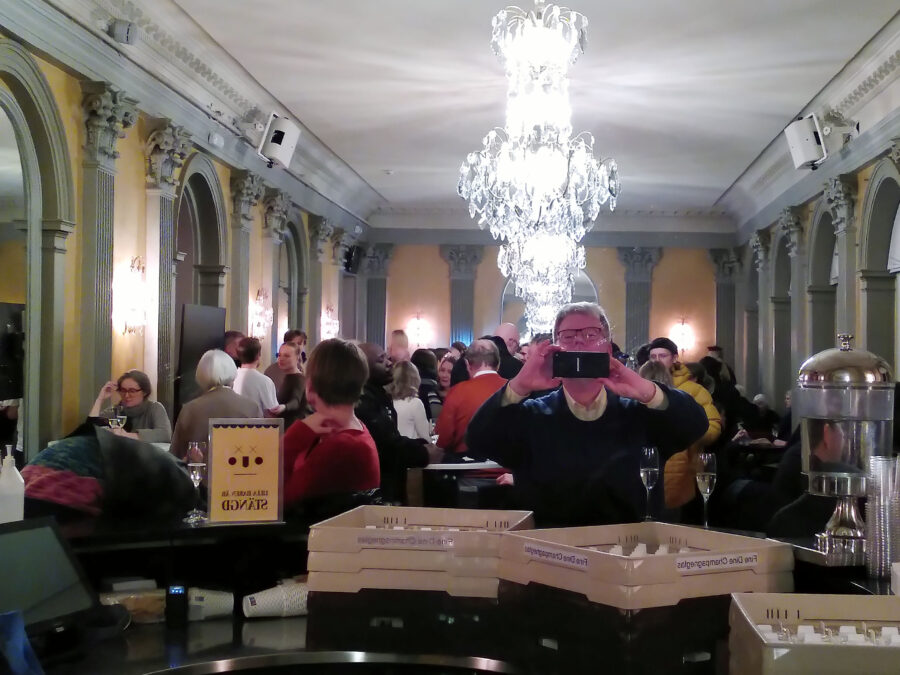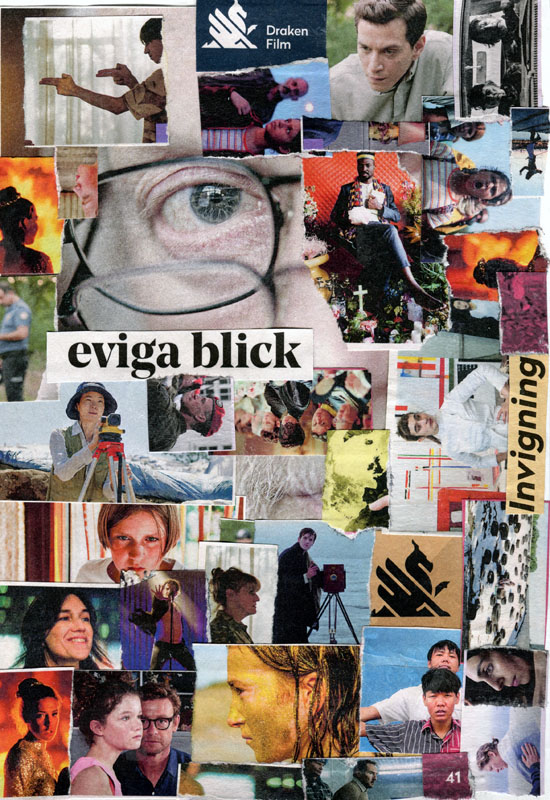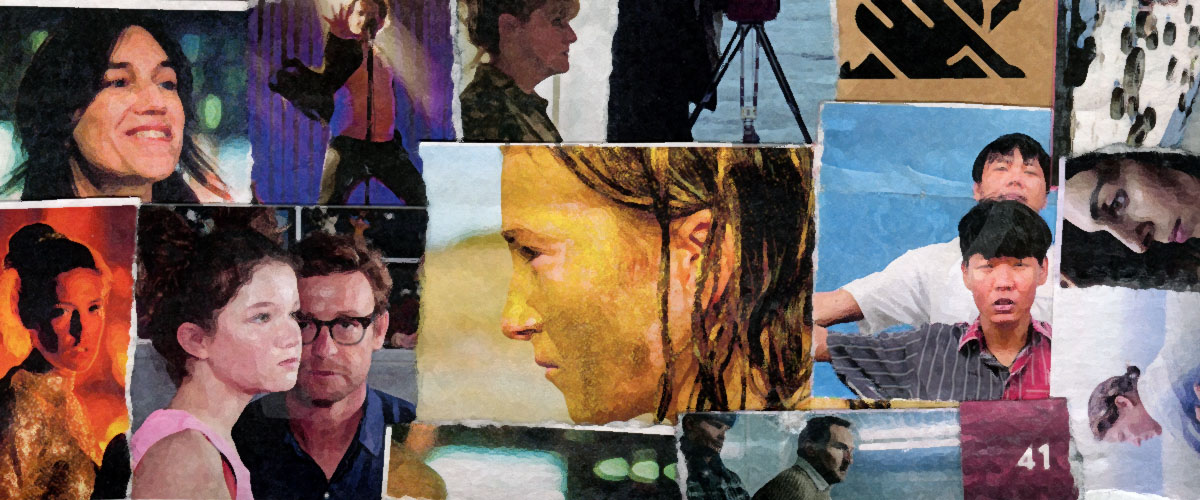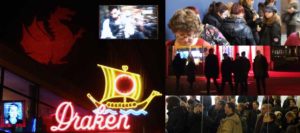Every year my adopted home, the city of Gothenburg, hosts the Gothenburg Film Festival (GFF). Eleven days of films from around the world (270 films from 80 countries this year) and the city fills up with visitors. Winter-bound Gothenburgers are lured out of their homes into the weather to cruise from one screening venue to another. Some of the venues are cinemas, some are theatres, some are – otherwise. Since Covid, we’ve had the added luxury of films streamed to our TV screens as well.
The printed catalogue, printed on paper, is the keystone to our preparations – Mrs SC’s and my own. It is possible, people say, to check out all the films online before picking the ones you want to buy tickets for. People say that, but we’ve never found the GFF website easy to navigate, so for us the paper catalogue is king.
Gothenburg Film Festival: my guiding principles
I find I need some guiding principles choosing my films. This has been refined over the years, over the festivals I’ve attended. I aim, for example, to see at least one film from each of the world’s continents. Antarctica makes a very rare appearance at the festival. (I can’t think why! Mind you, there was one year… It was 2005, says the IMDb, the film was The Wild Blue Yonder by Werner Hertzog with Brad Dourif. I remember that.) Otherwise I aim to see at least one film from each of Africa, Asia, North and South America, Europe and Oceania.
I favour dramas over documentaries. Many of the documentaries, I know, will appear later in the year – or next year – on Swedish TV. Which is not to say I never pick documentaries. This year I saw a documentary about a Brazilian singer, Miucha: The Voice of Bossa Nova. And my last festival film was Monica In the South Seas, a Finnish film about Moana, one of the earliest of filmed drama-documentaries.
Languages
My other rule is to prefer films that are not performed in English. (The subtitles on all the films that have them are usually in English.) I want to be opened up to stories from other places, told in other ways and from other cultural perspectives than I’m used to. Here are a few I’ve seen this year.
A woman in Indonesia who lives on an island of ghosts (and who may be a ghost herself) who again and again revenges the “honour killing” of her sister. (Stone Turtle – Indonesian)
A tailor in Morocco who is stitching a blue caftan for a customer, as his wife and soulmate is dying, perhaps of a cancer. (Le Bleu du caftan.- The Blue Caftan – Arabic )
A woman in Pinochet’s Chile, who tends a young man shot in the leg by the military. She is ultimately unable to save him, though, and through carelessness may be complicit in his “disappearance” by the authorities. (1976 – Spanish)
Two brothers who grow up as second-generation immigrants with tenuous roots in Jamaica, facing the racism of white Canada. (That one was in English, but worth it to hear that there is a distinct Canadian variety of Black American English. The film was Brother.)
A woman on a little island off the coast of Puerto Rico. She is dying of cancer as a hurricane threatens the island that has for years been used as a dumping ground by the US military for outdated weapons and explosives, some of which is still live. (La Pecera – The Fishbowl – Spanish)
A sort-of historical film about Austro-Hungarian Empress Elizabeth whose corset grows tighter and tighter until one day she breaks free. (Corsage – mostly German, with English, Hungarian and French).
Gothenburg Film Festival: Venues
The other thing I try to do is see films in as many of the different venues the festival uses as I can. I didn’t do quite so well as usual this year – for reasons that don’t have anything to do with the festival. I missed seeing a film at the big, newly refurbished, Draken, the festival’s home cinema. And I missed a showing at Capitol, the once-a-porn-cinema. (Now a very nice art cinema.)
Still I managed to see a film at Aftonstjärnan, the old dock workers’ cultural centre on Lindholmen. (That was the bossa nova film I mentioned above.) And at Storan, formerly Gothenburg’s opera house, now a proscenium theatre with a screen, I saw the gala performance of Eternal Daughter with Tilda Swinton.


What films can do that books can’t
As a writer you should probably avoid (I should definitely avoid) the temptation to write long descriptive passages, setting the scene. But in a film the camera can dwell on a room, on a street, on a mountainside, turning slowly or holding steady, zooming in or pulling back, and building a sense of tension, an atmosphere of tranquillity, a quality of sensuality that supports the story, the characters, the genre of the film. And it can do this in just a few seconds and without losing the viewer’s attention.
It’s an education.
A writer has a very hard time emulating this. Your descriptions, as a writer have to be interrupted with dialogue or action. Better still if your descriptions are incorporated into or implied in the dialogue or action. But a cinematographer can get away with focusing for seconds at a time on a piece of cloth, a woman’s face, waves breaking in sunlight on a beach… and let that convey meaning. You have to be skilful indeed to put something like this into words and not lose your readers’ attention.
The festival catalogue
The GFF catalogue is useful even after the festival is over. You can take the pictures, often stills from the movie’s, and cut them out and collage them to have as inspiration for future writing. As you see below.
What do you do for cultural input that is away from writing and reading to widen your creative experience?





